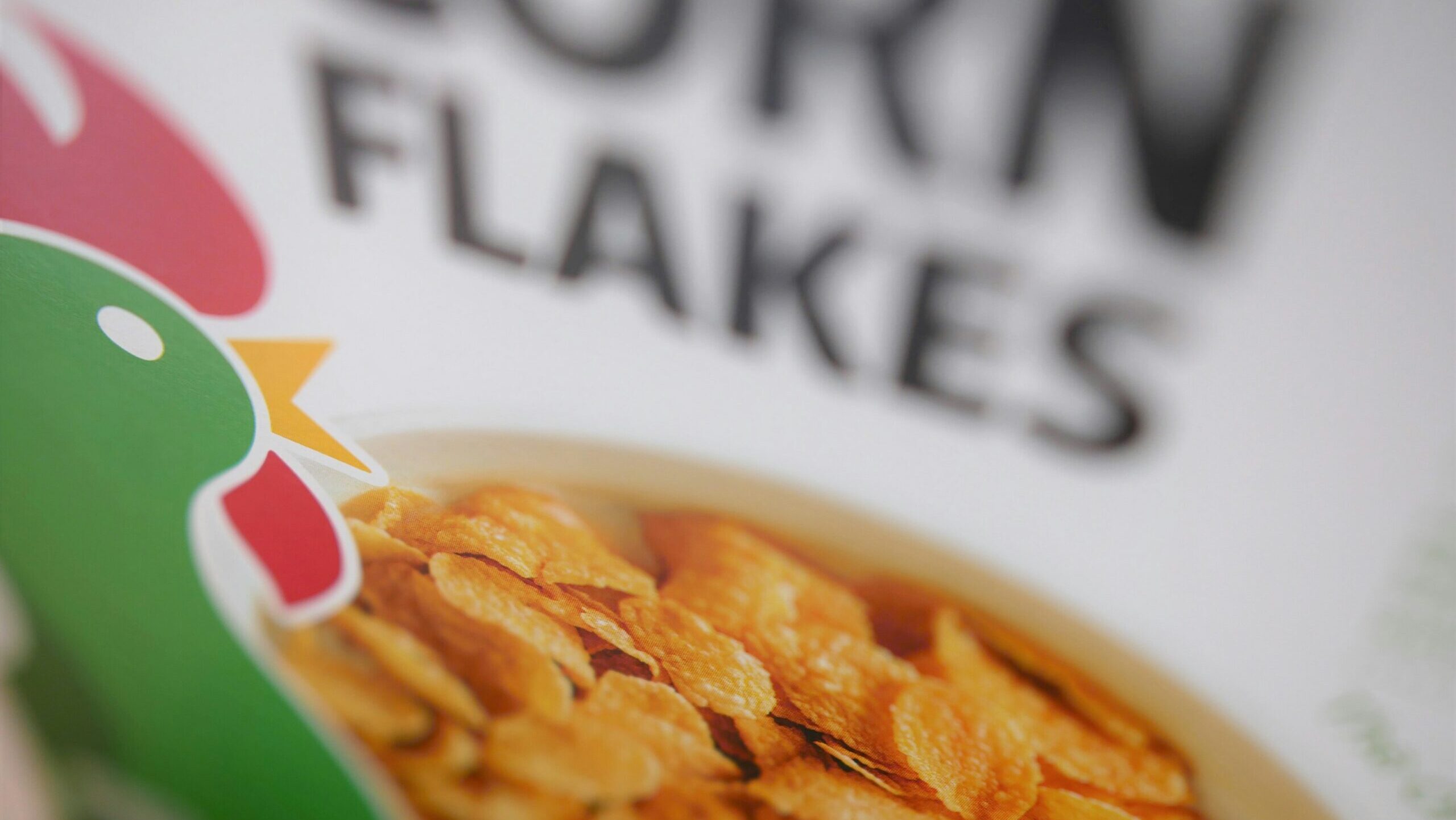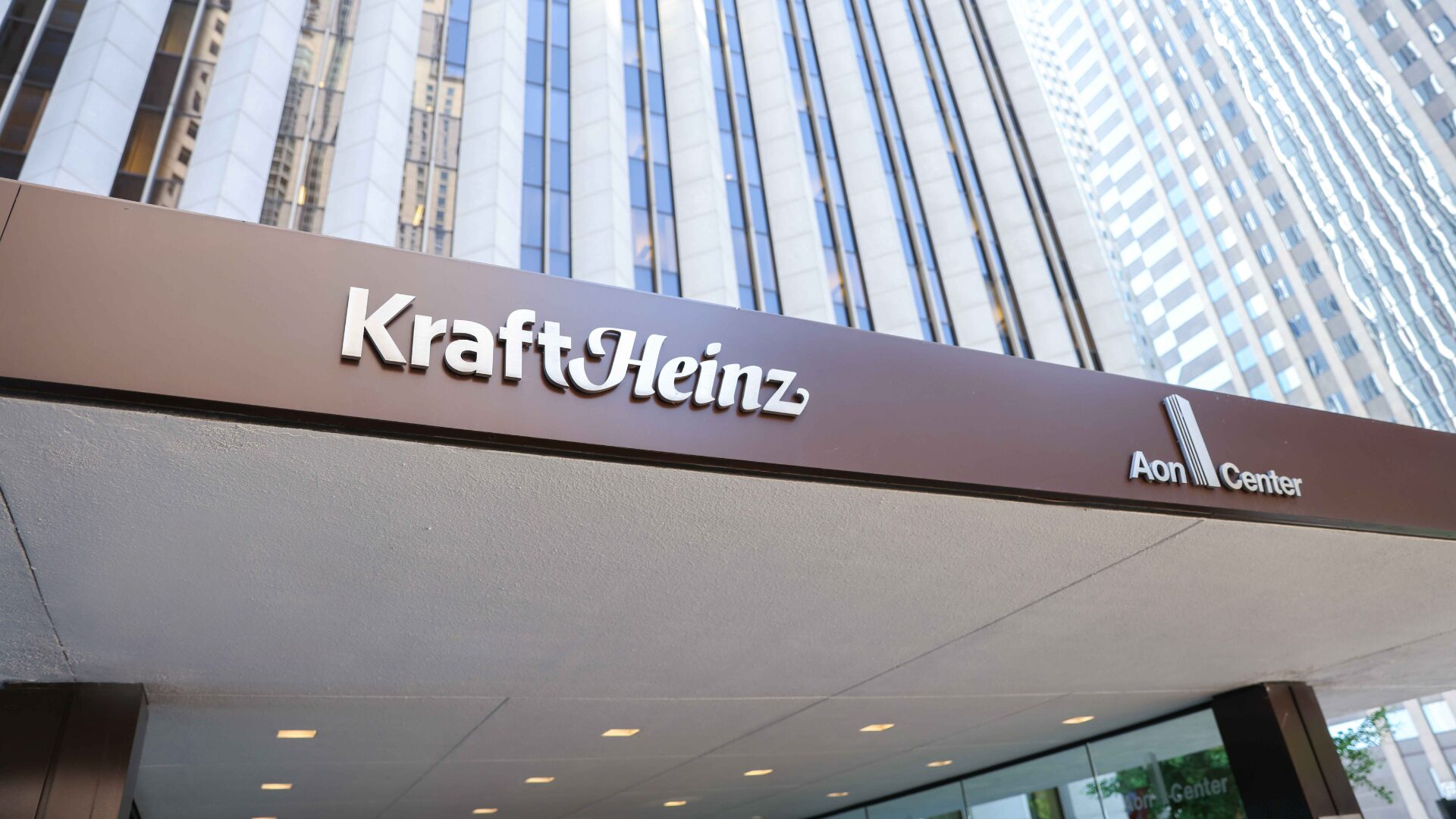When, in 2022, Kellogg announced plans to split into three companies, the motivation seemed apparent. Kellogg wanted to get its cereal business off the books, allowing the growth in snacks to shine through.
Indeed, as we noted last year, after Kellogg walked back plans to spin off its plant-based food operations as well, the second slide of the company’s investor presentation highlighted the disparate growth rates between cereal and the rest of the business. What is now Kellanova had increased sales at a 9% annualized rate, an impressive figure for the industry. By contrast, the cereals business, named WK Kellogg after the company’s founder, was barely growing at all.
Given that Kellogg apparently didn’t want the cereals business, it seemed likely that investors would feel the same way. As a result, we predicted that WK Kellogg stock would fall sharply after the spin — and that’s precisely what happened. KLG opened its first day of trading at $13.80. Within two weeks, it was below $10.
But a funny thing has happened since: investors have decided they want the cereal business after all. KLG has not just performed well, but it has become one of the best stocks in the entire food sector. Shares have more than doubled in just under seven months, while Kellanova stock is up only about 20%.
Somewhat ironically, the only two stocks to perform better over that stretch are almost polar opposites to Kellogg. Both organic egg distributor Vital Farms and kefir manufacturer Lifeway Foods are much younger, more health-focused, and seemingly more in line with modern consumer trends.
What’s interesting about the rally in KLG is that those consumer trends don’t actually seem to have changed. Over the past three quarters, WK Kellogg sales have actually declined 1.7% year-over-year. For roughly the same period, General Mills’ global cereal revenue was flat; Post posted growth of about 2%. Given inflation and pricing, clearly overall cereal volumes are declining.
Despite soft sales and some apparent market share erosion, Kellogg has managed to grow profits impressively.
Standalone Adjusted EBITDA (earnings before interest, taxes, depreciation, and amortization) increased 50% in 2023 as the company continued to recover from a 2021 fire at its plant in Memphis and a labor strike the same year. Full-year guidance from the company suggests a mid-single-digit EBITDA increase in 2024, despite roughly zero projected sales growth.
Yet even that performance has driven investor optimism — and there is some logic to the buying. What WK Kellogg has done in its first three quarters as a standalone business is both an important step in the right direction and a validation of the post-spin strategy for WK Kellogg.
Company executives have insisted that the split will benefit the business, by allowing salespeople to focus on a single category instead of the former Kellogg’s diversified portfolio. Management has also talked up plans to improve both the supply chain and marketing efficiency, though it’s less clear why those improvements had to wait until WK Kellogg became an independent company.
Particularly amid the volatility of the post-pandemic environment, which was amplified by a strike, WK Kellogg simply needed to get the business stabilized. From there, executives have argued, in multiple presentations, the company can improve execution to take market share, drive revenue growth, and improve profit margins.
The sharp rise in WK Kellogg stock suggests that investors are starting to believe in its longer-term strategy.
Shares currently trade at nearly 14x this year’s expected adjusted earnings per share. That’s a multiple that still suggests a discount to larger, more diversified companies — the likes of General Mills and Campbells both receive modestly higher valuations — but it’s also a multiple that prices in earnings growth going forward.
Six months ago, the market was not pricing in that growth. Instead, KLG’s valuation highlighted clear worries that Kellogg had spun off a business that was headed for a potentially permanent decline. For now, WK Kellogg has soothed those worries. But the harder work, of actually delivering consistent sales and earnings in a still-challenged category, remains.
Editor’s note: Vince Martin is an analyst and author whose work has appeared on multiple financial industry websites. He’s the lead writer at Overlooked Alpha, which offers market-wide and single-stock analysis every week.
The Food Institute Podcast
Corn stocks, poultry flocks, and highly-pathogenic avian influenza – what does the U.S. agricultural system look like amid inflation and other headwinds? Wells Fargo Chief Agricultural Economist Dr. Michael Swanson discussed specialty crops, grain plantings, and what to expect in the growing year to come.












